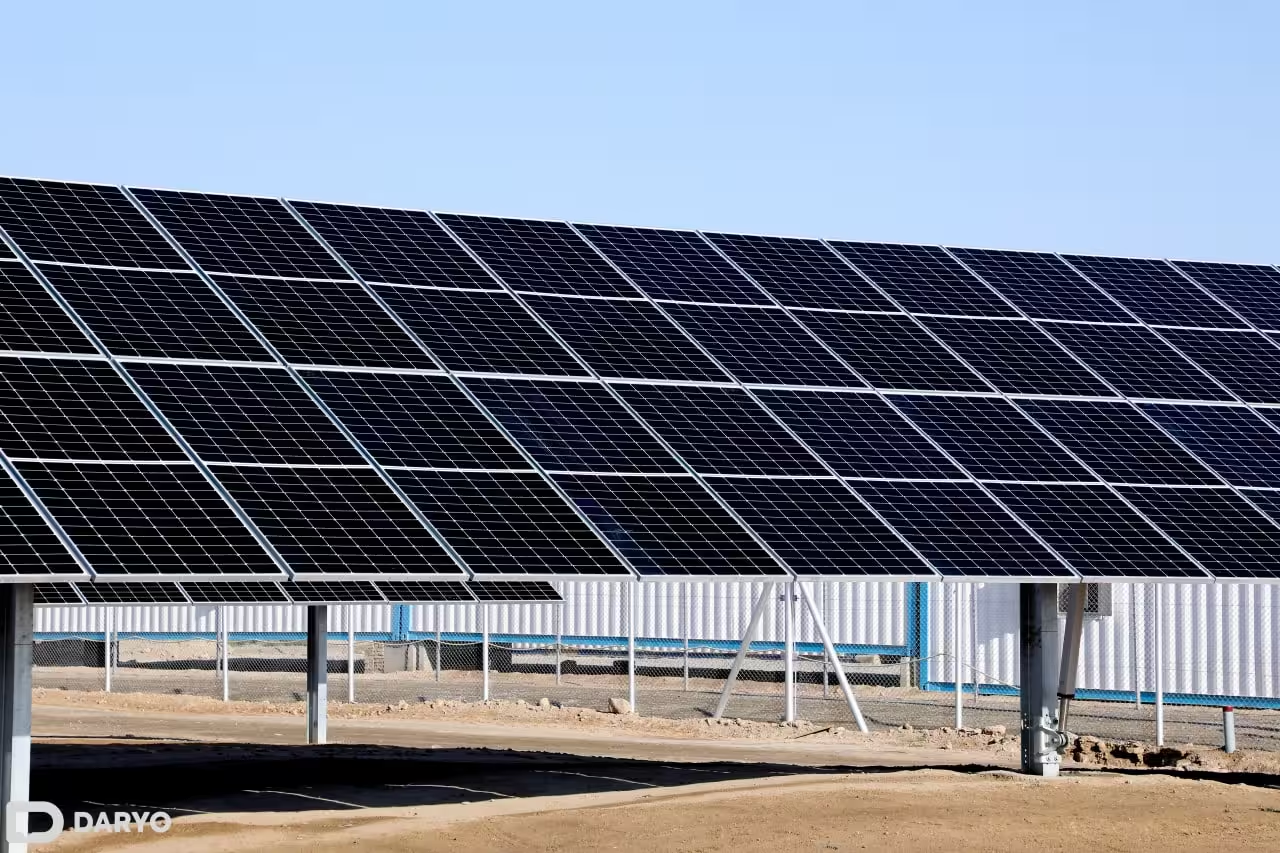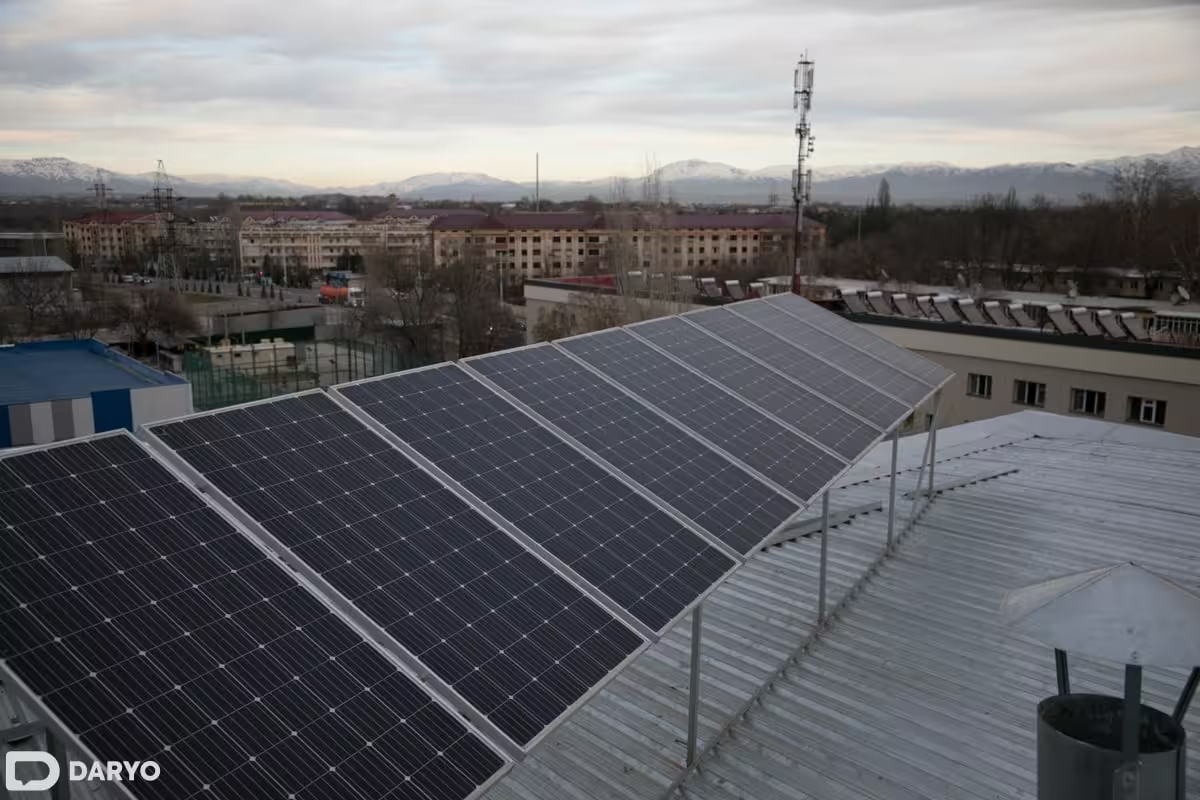Uzbekistan has produced more than 2bn kilowatt-hours (kWh) of renewable electricity since the beginning of 2025, according to the Ministry of Energy. The milestone, reached on April 12, reflects the country’s ongoing efforts to expand its clean energy capacity and reduce dependence on fossil fuels.

Currently, 11 solar and 3 wind power plants are in operation across 10 regions of the country, with a combined installed capacity of 4.06 gigawatts (GW). Of the total green electricity generated, solar plants produced 1.16bn kWh, while wind farms contributed 830.1mn kWh. The ministry highlighted that wind power generation in just 3.5 months has already surpassed the total wind output for the entire year of 2024, which stood at 799mn kWh.
For comparison, in 2022 solar photovoltaic plants in the Navoi and Samarkand regions generated 434mn kWh, while in 2023 the figure rose to 576.9mn kWh. In total, Uzbekistan generated 4.86bn kWh of green electricity last year through nine solar plants and one wind plant located in seven regions.

Thanks to this surge in renewable energy production, the country has saved 600mn cubic meters of natural gas and prevented the release of over 1.176mn tons of carbon dioxide and 1,176 tons of nitrogen oxides into the atmosphere.
Including contributions from hydropower, Uzbekistan’s total green electricity generation reached 3.7bn kWh by April 12. These combined efforts have helped the country save approximately 1.11bn cubic meters of natural gas and avoid 2.18mn tons of carbon dioxide and 2,179 tons of nitrogen oxides emissions.
According to the Ministry of Energy, this level of green electricity is sufficient to meet the four-month electricity needs of 4.63mn households or the annual consumption of 1.54mn households, underscoring the growing impact of renewable energy on the country’s power grid and environmental goals.
Follow Daryo's official Instagram and Twitter pages to keep current on world news.
Comments (0)